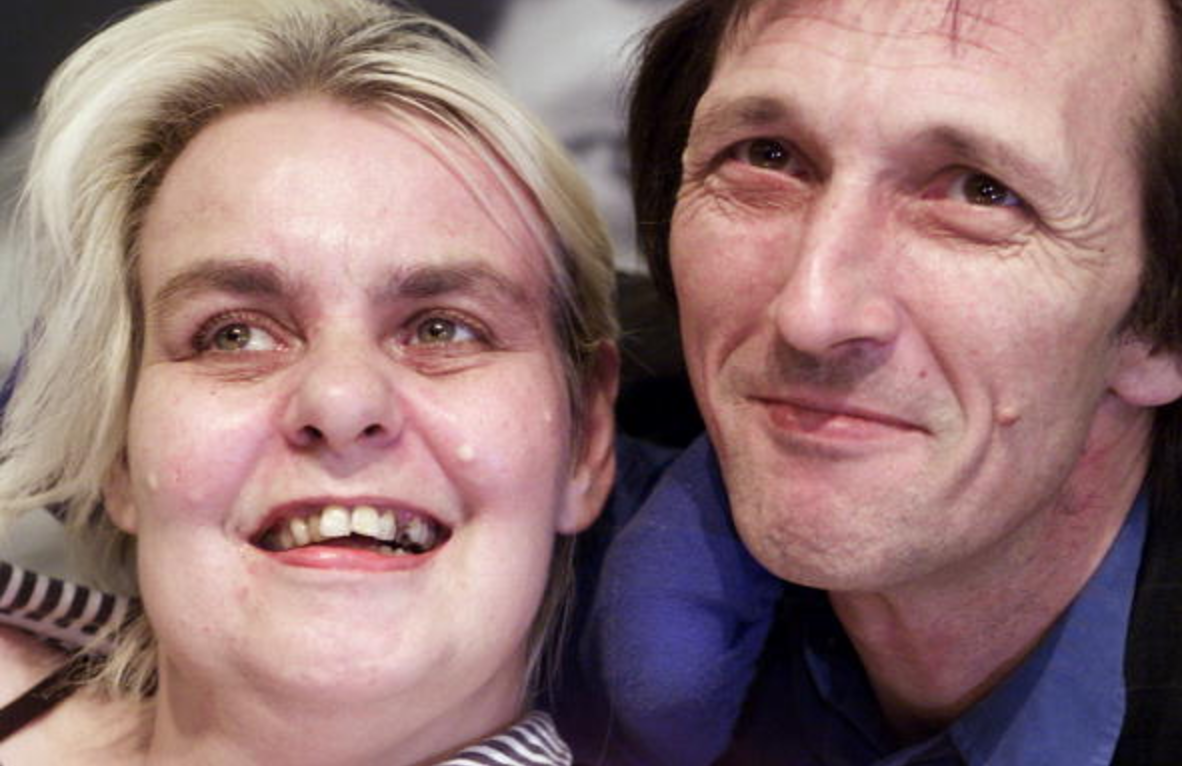Diane Pretty’s case started the argument about whether we have a ‘right to die’. We explain the important ruling in plain English.
Diane Pretty faced a horrifying future. She had been diagnosed with motor neurone disease, which causes muscles to waste away. She had already been paralysed by the disease, and as time went on it would attack her airways and respiratory system until they failed. When this happened, she would die.
She decided she didn’t want to wait for this to happen – she wanted to kill herself and die with dignity. She wouldn’t be able to do it by herself though due to the disease. She would need her husband to help her.
Assisted Dying in the UK
The problem is that while suicide hasn’t been a criminal offence since 1967, it is still an offence to help somebody to kill themselves – it’s what’s known as ‘aiding and abetting’. If her husband helped her, he was at risk of being prosecuted.
Diane Pretty asked the Director of Public Prosecutions – who has to agree to such cases being brought – to promise in advance that they wouldn’t prosecute her husband. They refused.
So she took the government to court, arguing the ban on assisting suicide was against her human rights.
What have human rights got to do with it?
The Human Rights Convention recognises a right to life, but it doesn’t say anything about a right to die. Therefore, individual countries have each made their own decisions. Some countries which are part of the Convention – the Netherlands for instance – do allow assisted suicide, while others don’t.
Diane Pretty argued that Article 2 protected not just life itself but the right to life, and meant that everyone should have a choice about whether or not to live. By not letting her choose to die, she said the government was breaching her rights. She lost her case in the UK, and so she took the fight to the Court in Strasbourg.
So is there a right to die?
Ultimately the court said no – the right to life in Article 2 doesn’t mean there’s a right to die. It is there to protect life itself, but it doesn’t have anything to do with the quality of life.
They did accept that not being able to choose to die affects your right to respect for your private life. Unlike Article 2 – which just guarantees life itself – this right is concerned your quality of life. Being unable to kill yourself and facing a distressing death does fall into this.
But the law didn’t actually breach this right. It is up to the governments of individual countries to decide whether to allow assisted dying. The UK government argued that allowing it could be the start of a slippery slope, and that was reasonable. In individual cases they could decide not to prosecute, so there is some flexibility in the ban.
The fight for a dignified death
Diane Pretty died on 11 May 2002, but the question of whether we have the ‘right to die’ continues to be fought over.
In 2009, the Supreme Court decided that the Director of Public Prosecutions should spell out in formal guidance when they would and when they would probably not prosecute somebody for helping someone else die.
In 2014 a further challenge was rejected by the Supreme Court, but two of the judges disagreed and said the ban does breach the right to private and family life. Another case has just been allowed to go ahead, so it’s clear the debate is not going away. Attitudes may slowly be changing though, but regardless he right to die is still a way away though.
Find out more the ‘right to die’ on our site:
- Find the full case report here
- Click here for our summary of the recent challenge to the ban on assisted dying
- Read more about the fight for dignity in dying here










